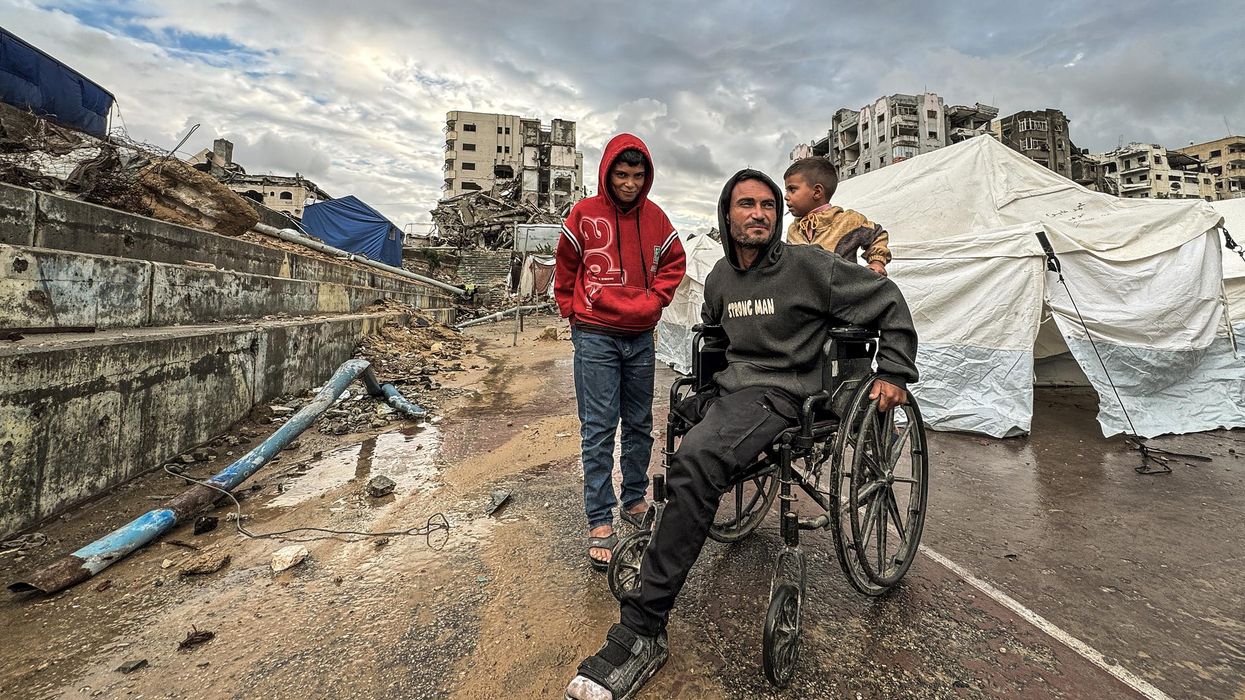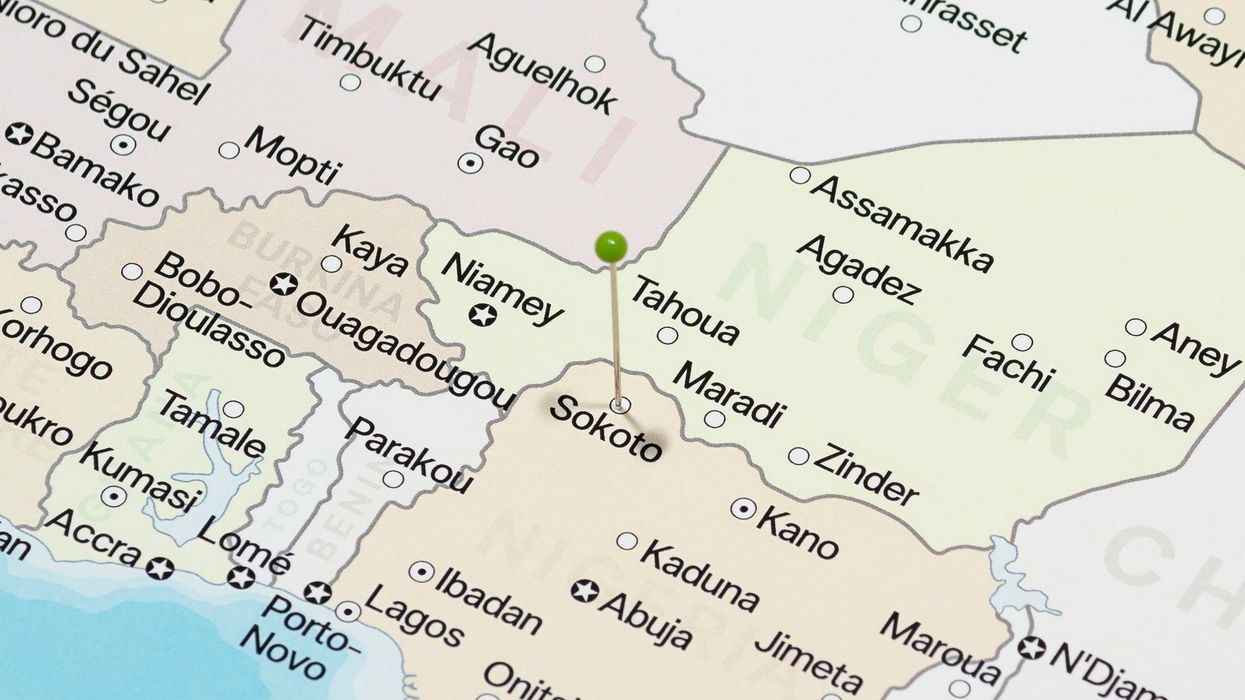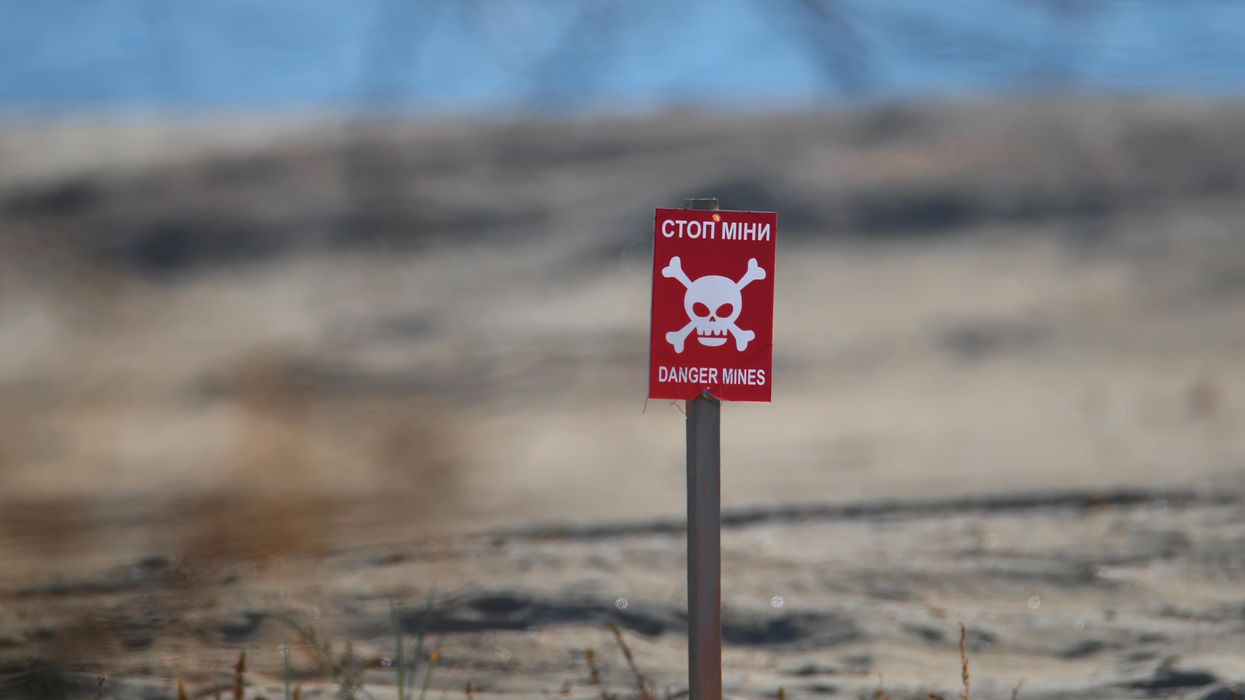When the United States first began helping Ukraine defend itself against an aggressive Russia in 2014, Vladimir Putin responded by expanding Moscow’s influence in Latin America.
Putin’s primary aim was to undermine Washington’s influence in a region often referred to as the United States’ backyard, but he also sought to reduce confidence in regional partners’ democratic institutions, divert U.S. attention closer to its own borders, and to gain access to new markets and natural resources.
Russia’s growing influence has been reflected in its military presence in Nicaragua, Venezuela, and Cuba, arguably the countries in the hemisphere most unfriendly to Washington.
The early distribution of Russia’s Sputnik vaccines across much of the region as it grappled with the COVID-19 pandemic certainly helped Putin’s efforts.
Russia has also made significant attempts to displace Western countries as the primary weapons suppliers in the region.
Yet perhaps the most important sign of growing Russian influence came earlier this year when some Latin American leaders from both the Right and the Left failed to condemn Putin’s invasion of Ukraine despite the region’s own sensitivity to — and history of — unwelcome foreign military interventions.
While Russian influence appears to be on the rise in Latin America, the United States should not overreact.
In the near term, Russian influence in the region is limited. But in the longer term, the United States must act more decisively to counter Russian attempts to undermine U.S. partnerships in the Western Hemisphere. It can do so by demonstrating a long-term commitment to the welfare of the region through proactive, cooperative ventures intended to mitigate shared challenges, such as climate change and human trafficking, as well as through thoughtful diplomacy with Latin American partners.
Washington’s strategy in Latin America cannot be solely grounded on combating Russian and Chinese influence there; instead, U.S. policies must show a sense of concern and interest for the region in itself. (This article is part of a larger project that I am developing with my colleague, John Schuessler, Associate Professor of International Affairs at Texas A&M University.)
Despite Russia’s renewal of some Cold War tactics in Latin America, Putin’s actions are more a geopolitical game than a serious threat to U.S.interests there, which are premised on the United States remaining the preferred partner in the hemisphere. They are more rhetoric than real. Unlike during the Cold War, Russia lacks any sort of ideological bond with its regional partners. What holds them together on an ideological level is that, unlike the United States at many points in time, Russia does not require its Latin American partners to be politically and economically aligned with Moscow. Further, Putin has found partnership with right-wing regimes fearful of democracy and left-wing governments suspicious of U.S. leadership, especially in the western hemisphere.
Russia’s reliability in the region has also been called into question in more ways than one. With the secondary sanctions Western nations have placed on Russia following its 2022 invasion of Ukraine, it is more difficult and potentially more risky for Latin American companies to do business with Russia. The relative inefficacy of Russia’s COVID vaccine, SPUTNIK 5 compared to the Western vaccines has also raised doubt about its reputation as an ally.
That Russian forces are deployed in Cuba, Nicaragua, and Venezuela may also cause concern. In January 2022, Deputy Foreign Minister Sergey Ryabkov suggested that Russia might send more military forces to Venezuela or Cuba. More recently, Russia has deployed military equipment and troops, including Russian mercenaries from the Wagner Group, to provide assistance to Venezuela’s leader, Nicolás Maduro. It has constructed GLONASS, a global navigation satellite system for military and civilian user’s tracking purposes, with approximately four tracking bases in Brazil, one in Nicaragua located adjacent to the U.S. embassy in Managua, and a base rumored to be located in Cuba.
While Russia’s military actions in the hemisphere are certainly worrisome, they are limited in their scope. For one, Russian forces are vulnerable given the instability of the countries where they are present, as well as their distance from Moscow. And even as Russia has attempted to expand its role as a regional weapons supplier, it has struggled to displace U.S. and European dominance of this market.
What can be most certain is this: the expansion of Russian influence in the region is a direct result of comparative U.S. disinterest in Latin America. Given Washington’s immense political and economic resources (as well potential combined efforts with private or nongovernmental organizations), it would not take much effort on the part of U.S. politicians to counter Russian influence in the Western Hemisphere.
Perhaps the more significant question is whether or not the United States is willing to devote its attention to the region in the longer term. Washington’s tendency to only focus on Latin America when the “going gets tough” suggests a more pessimistic view of how Russian influence in Latin America could expand in the longer term if Washington continues to relegate its hemispheric relations to the backburner.
The United States needs a full-scale revision of its policies in Latin America. More robust engagement with the region’s nations, regardless of their ideological tendencies, needs to be at the heart of Washington’s strategy. This past June’s Summit of the Americas in Los Angeles demonstrated how much work the United States must do to establish stronger diplomatic ties with its regional partners. Some countries were not invited to the Summit because the United States objected to their political regimes or because they were under U.S. sanctions. Others, Mexico most importantly, declined to go. With many pressing regional problems, the Summit lost credibility, and there was no one to blame but Washington.
Nearly 18 months after Biden assumed the presidency, a significant number of ambassadorial posts in the region’s countries remain vacant, suggesting that U.S. diplomacy in Latin America is not a top priority. Of course, Mexico and the Northern Triangle remain “ground zero” for those issues Washington considers most pressing, primarily for domestic political reasons — immigration, drug control, and border security. Vice President Kamala Harris, while strong on certain domestic issues, doesn’t speak Spanish and has little previous experience in the region. She should not be the face of U.S. efforts to help bring peace and stability to Central America. Instead, U.S. politicians and their Latin American counterparts need a savvy and prominent individual who not only speaks the language and understands regional perspectives, but who can also persuade the U.S. Congress and public that stabilizing the region is a critical national interest without alienating her regional interlocutors.
U.S. organizations and their anti-authoritarian partners in the region need better intelligence to identify and track Russian moves preemptively. Perhaps most important (and most difficult to execute) is the importance that Washington approaches its Latin America strategy not as a reaction to Russia or China, but because it, independently of superpower rivalries, believes in the region’s welfare. The U.S. strategy toward Latin America cannot be grounded in fears of Russia or Chinese influence. In short, Washington needs to be more open to taking a cooperative, respectful approach with its regional partners and allies, preferably through multilateral organizations.
Given the current challenges facing the Kremlin, Putin seems unlikely to invest substantially more in Moscow’s relationships with Latin America, at least not anytime soon. But if Washington continues in its current posture toward the welfare of the hemisphere, rival powers opposed to U.S. interests will gain more influence.
















